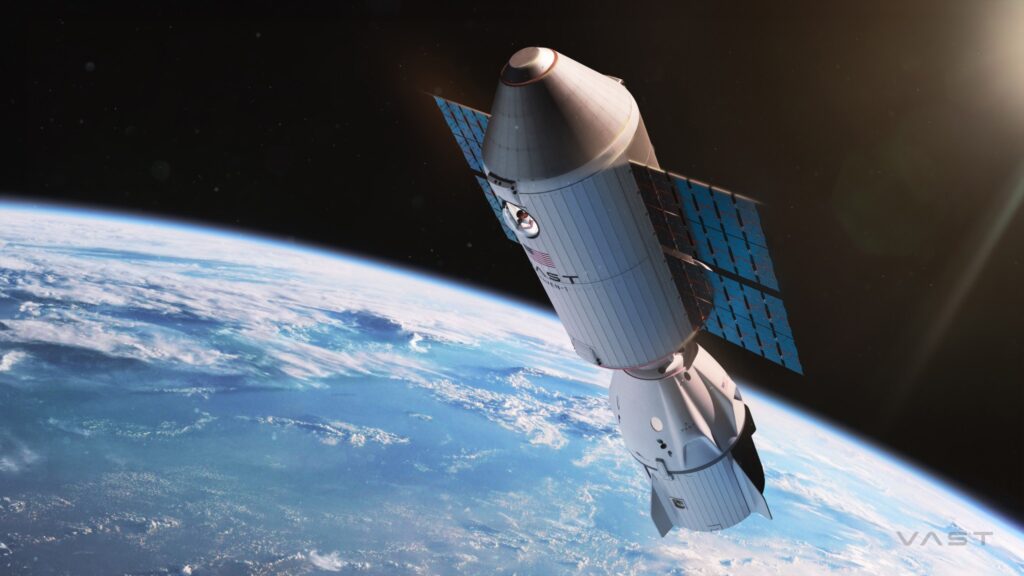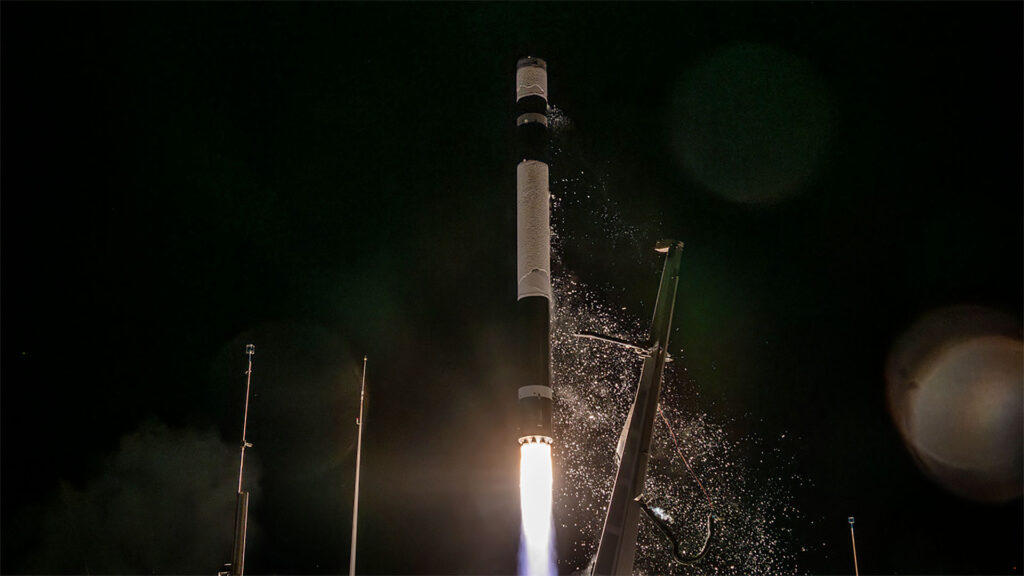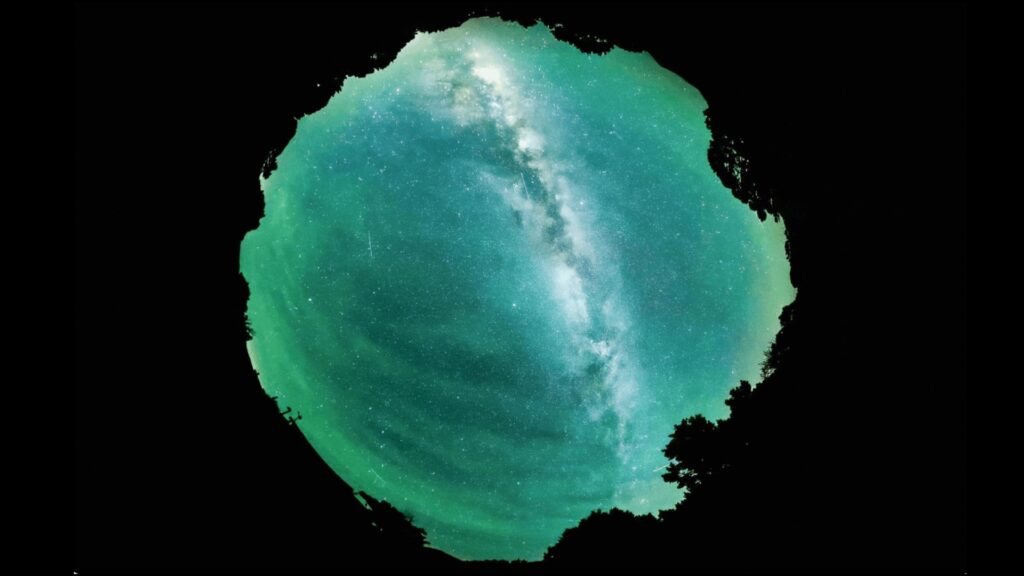During June we’ll see Venus continue to struggle to get ever-so-higher in western evening twilight sky, while Mars, which continues to recede from Earth, starts dropping progressively lower in the early evening western sky. Saturn and Jupiter provide telescopic targets in the after-midnight hours. Mercury is too close to the sun to be seen for much of June, but begins to emerge from the bright glow of dawn at the end of month, though still quite difficult to be seen.
In our schedule, remember that when measuring the angular separation between two celestial objects, your clenched fist held at arm’s length measures roughly 10 degrees. Here, we present a schedule below which provides some of the best planet viewing times as well directing you as to where to look to see them.
Mercury

Mercury — is at inferior conjunction with the sun on June 10 and enters the morning sky. At month’s end, you might be able to glimpse Mercury with binoculars low in the east-northeast about an hour before sunrise in morning twilight. Don’t confuse it with the similarly bright, similarly hued orange twinkler Aldebaran 8 degrees to its upper right. Mercury will be at greatest elongation, 22 degrees from the sun on July 4, but this apparition is unfavorable for observers in mid-northern latitudes.
Venus

Venus — always a dazzling object languishes low in June’s long dusks. All month it’s magnitude -3.8, the dimmest it ever becomes except when passing between the Earth and the sun. But that’s still much brighter than any other planet, and Venus is high enough to spot easily with the unaided eye if the air is clear. For viewers around 40 degrees north latitude, Venus is about 8 degrees above the west-northwest horizon a half hour after sunset as June begins, and only a couple of degrees higher than that by the end of the month. Shortly after sunset on the evening of June 11, look low toward the west-northwest for the hairline arc of a waxing crescent moon less than 40 hours past new phase.
Earth
Earth — will see the sun arrive at that point where it is farthest north of the celestial equator, on June 20 at 11:32 p.m. EDT (0332 June 21 GMT). With the June solstice summer officially begins in the Northern Hemisphere and winter begins in the Southern Hemisphere.
Mars

Mars — in early June, sets three hours after the sun, but by month’s end, it will set shortly before the close of evening twilight and will be found 18 degrees west (lower right) of the blue first magnitude star Regulus. On June 7, about an hour after sunset look low toward the west-northwest for the “Twin Stars” of Gemini; a straight line from Castor to Pollux extended 7 degrees locates yellow-orange 2nd-magnitude Mars. On June 13, two days after visiting Venus, the crescent moon will be sitting less than 3 degrees above Mars. Then on June 23, Mars is positioned in the middle of the Beehive Star Cluster (M44), also known as Praesepe. The ancients knew it as a dimly glowing cloud. If the sky were veiled with the slightest trace of cirrus clouds at the leading edge of a storm system, M44 could not be seen with the naked eye. Thus, its invisibility was considered an omen of coming rain. By training binoculars on Mars this evening, you will see it surrounded by stars from this star cluster; a lovely sight.
Jupiter

Jupiter — is brilliant (magnitude -2.4) in eastern Capricornus, and positioned well to the east (left) of dimmer Saturn. Beginning soon after 2 a.m. local daylight time on June 1, cast your gaze low toward the east-southeast and you’ll see a waning gibbous moon and glowing prominently about 6 degrees to its upper left will be Jupiter. Both are well up in the southeast as dawn begins. During the late evening hours of June 28, the moon again pays Jupiter a visit. At 11:30 p.m., low in the east-southeast you’ll see Jupiter shining 6.5 degrees to the upper right of the waxing gibbous moon.
Saturn

Saturn — now located in central Capricornus, provides its best views when it reaches its highest point, roughly 30 degrees high in the south at around 3:30 a.m. A telescope magnifying at least 30-power will show the famous ring system, whose north face is now tilted 17.5 degrees toward Earth. Ascending the southeast sky beginning around 11:30 p.m. local daylight time on June 26, you’ll see a waning gibbous moon and shining with a sedate yellow-white glow about 6 degrees to its upper left is Saturn.
Related Stories
Space calendar: Rocket launches, sky events, missions & more!
Joe Rao serves as an instructor and guest lecturer at New York’s Hayden Planetarium. He writes about astronomy for Natural History magazine, the Farmers’ Almanac and other publications in New York’s lower Hudson Valley. Follow us on Twitter @Spacedotcom and on Facebook.


